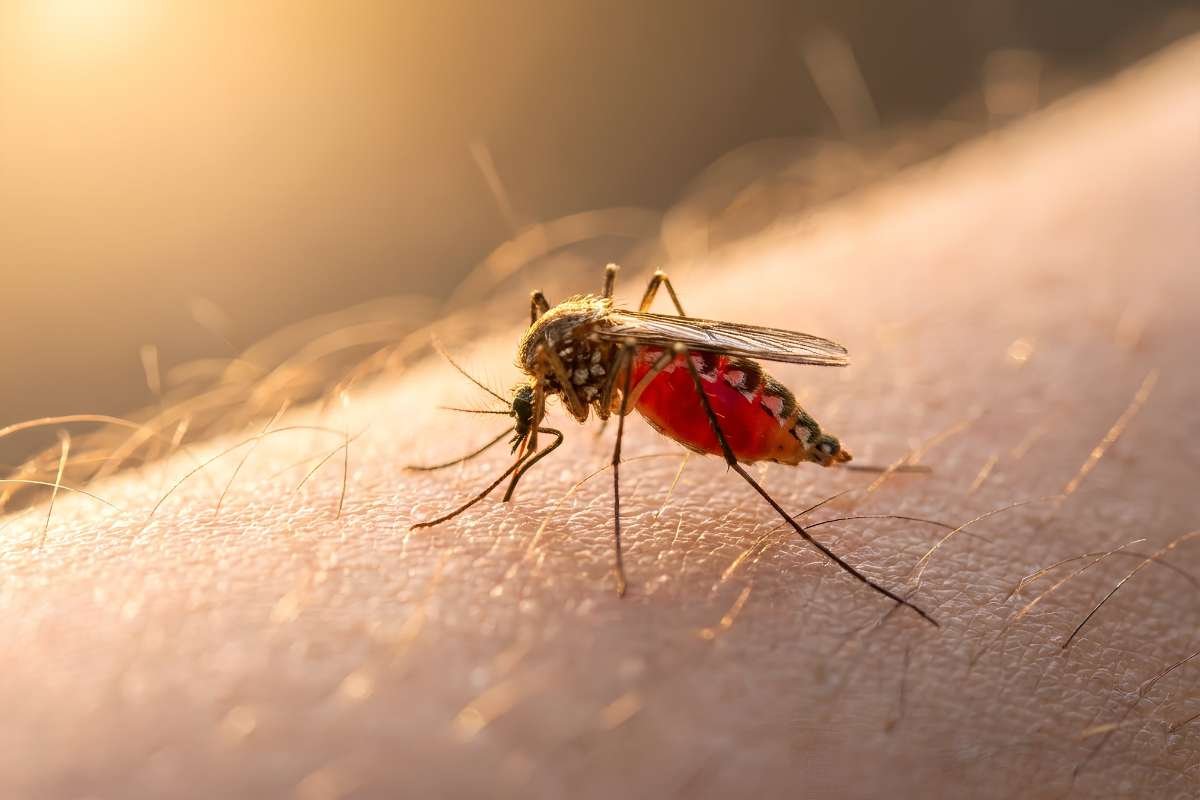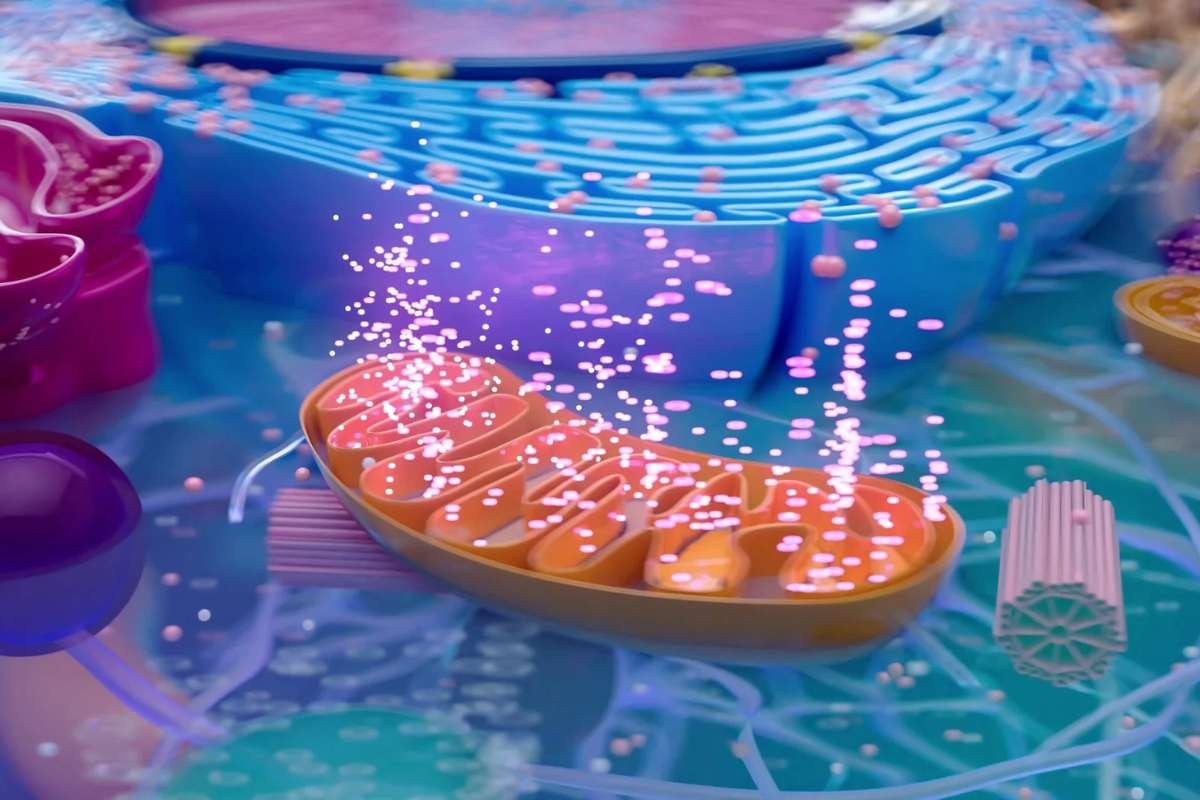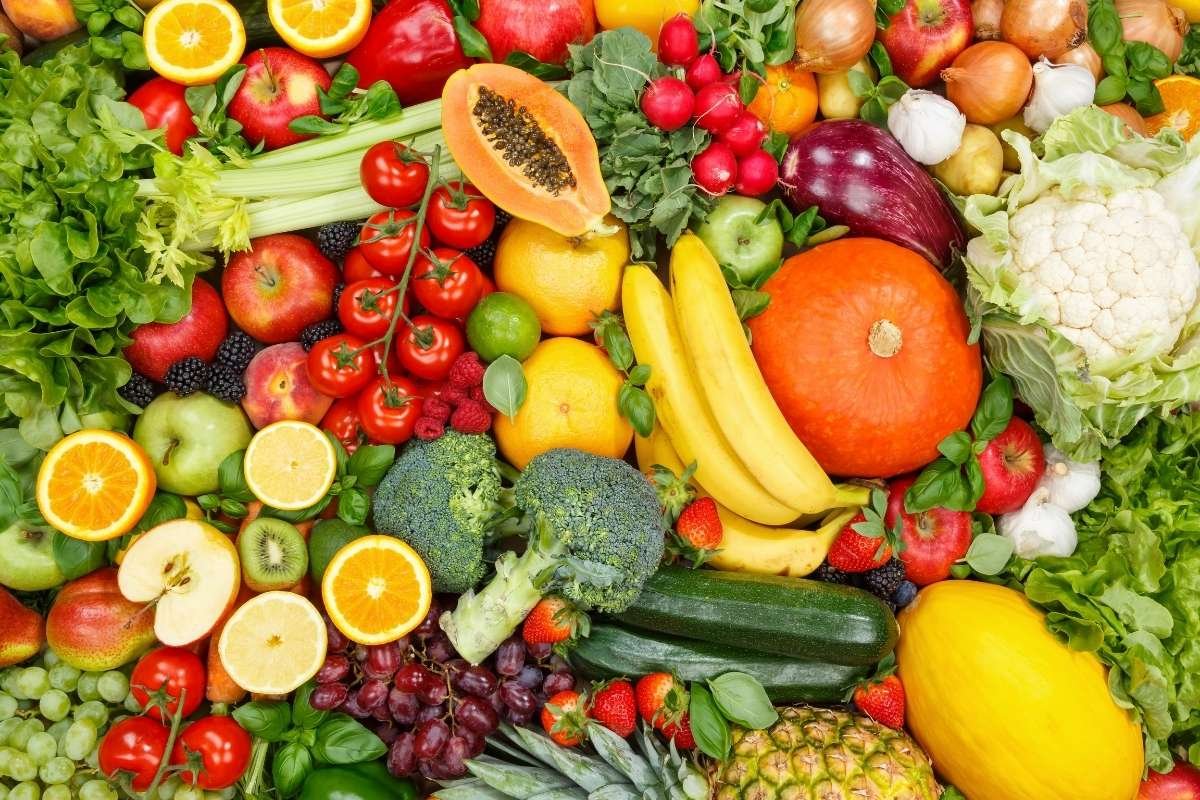We’re sorry to break it to you, but if you’re anything like the majority of Americans, it’s time to put down the salt shaker for Ways to Reduce Your Sodium Intake. That’s correct: The typical American consumes more than 3,400 milligrams (mg) of salt per day, which is more than 1,000 mg over the recommended maximum limit of 2,300, according to the 2015-2020 Dietary Guidelines for Americans (DGA).
To put this in context, 2,300 mg of sodium is equal to one teaspoon of table salt.
Given that too much salt might put you at risk for significant medical disorders such as high blood pressure, heart disease, and even stroke, it’s a smart idea to start Ways to Reduce Your Sodium Intake. It’s easier said than done, given that salt finds its way into even the most unassuming dishes, right? Don’t worry about it. You may quickly minimize your salt consumption using a few easy measures.
Here are the 10 Best Ways to Reduce Your Sodium Intake;
1. Cut down on processed foods.
Heat-and-eat meals may seem to be a fantastic concept since they are quick, delicious, and the right size for lone dining. Unfortunately, many of these ready-made meals are high in salt and preservatives. According to the 2015-2020 DGA, these processed goods and restaurant meals account for 70% of the excess salt in American diets for Ways to Reduce Your Sodium Intake.
They’re OK in a pinch, but if you’re attempting to kick your salt habit, limit your intake of processed foods. Instead, use a slow cooker to make veggie-packed soups and chilis (with low sodium broth, of course! ), then portion them out into individual portions for the week and microwave them as needed.
Purchase frozen vegetables that can be swiftly heated in the microwave and then top with your favorite sauce and protein. This will provide you with the convenience you want while also enabling you to limit the quantity of salt you use in your meals is one of the ways from Ways to Reduce Your Sodium Intake.
2. Choose fresh or frozen vegetables and dried beans.
Since you were a youngster, you’ve been taught to eat your vegetables—and for good reason. They’re high in fiber, antioxidants, and a variety of other nutrients that benefit the body. They’re also low in salt, calories, fat, and cholesterol.
- Ways to Reduce Your Sodium Intake
- Teaspoon of table salt
- Sodium Intake
Beans are also excellent additions to your diet since they include fiber, iron, and even protein.
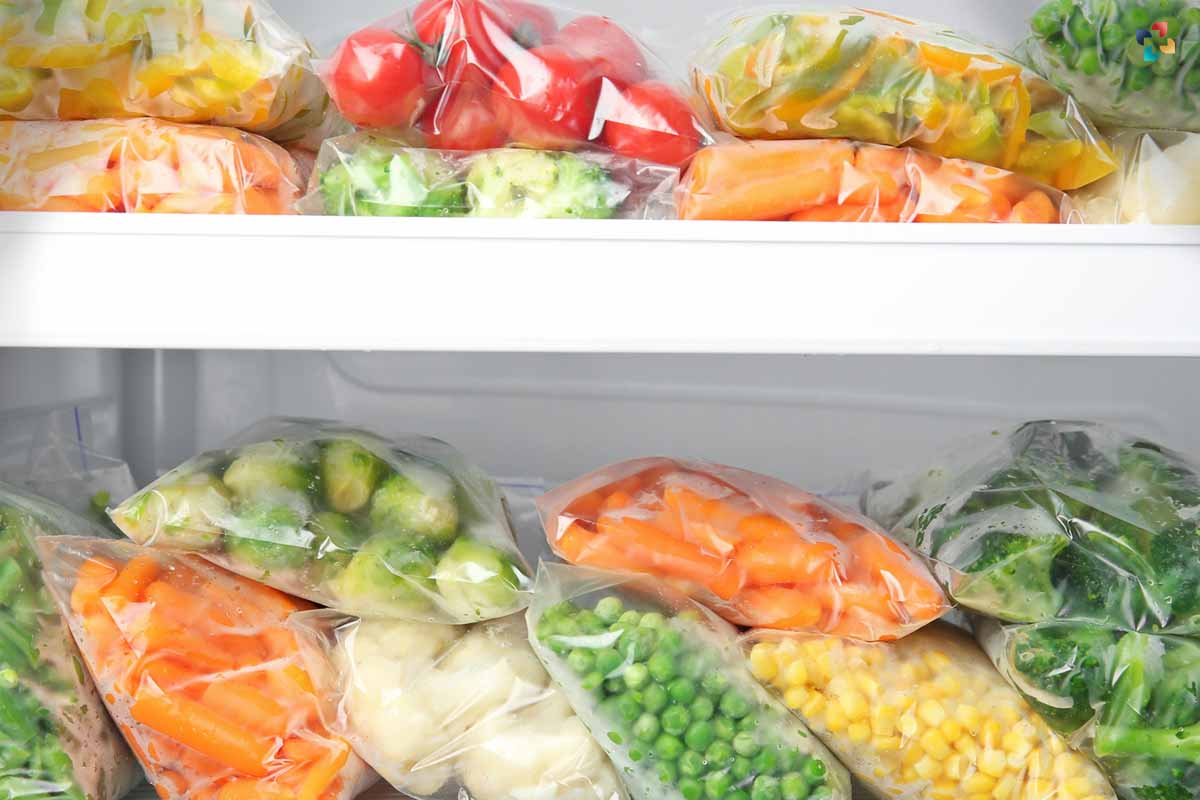
However, since canned versions of these meals sometimes have extra salt, it’s always better to use fresh vegetables or dry beans and prepare them yourself. Make a large pot of beans on Sunday so you have them on hand for soups, salads, tacos, and grains all week.
Frozen vegetables may be equally as healthy as fresh vegetables, but use caution: Many frozen types have pre-made sauces that are high in fat, calories, and salt. Ways to Reduce Your Sodium Intake the extra salt to a minimum, buy them plain and add your own sauces and spices.
3. Rinse all canned goods
If you must buy canned vegetables or beans, use no-salt-added types whenever feasible. If that isn’t a possibility, dump the contents of the can into a strainer, drain the liquids, and thoroughly rinse with water before adding them to your meals. This will aid in Ways to Reduce Your Sodium Intake of some of the extra salt.
4. Consider Your Condiments
The salt content of your ketchup may surprise you—just one tablespoon has over 200 mg. Other flavor enhancers, such as mustard, many salad dressings, relish, soy sauce, stir fry sauce, spicy sauce, and even pasta and barbecue sauces, are high in salt. Don’t forget about pickles and olives, which have a lot of salt in them is Ways to Reduce Your Sodium Intake.
When feasible, use reduced sodium versions of these add-ons for yourself. And go easy on people who don’t have a low sodium choice.
5. Shoppers Should Compare Labels
You wouldn’t put a product in your shopping basket without first comparing its pricing to that of another brand, would you? When you go grocery shopping, use the same method. Compare the nutrition labels of comparable foods to see which has the lowest salt content. When shopping for bread, compare the salt content of many varieties Ways to Reduce Your Sodium Intake;
One slice may have anywhere from 80 to 230 mg of sodium, depending on the brand and kind. If you’re looking for morning cereal, examine the labels since they may contain anywhere from 150 to 300 mg.
Just be sure the labels relate to the same serving size—if one label gives the sodium count for one teaspoon and another gives it for a tablespoon, multiply the first amount by three since there are three teaspoons in a tablespoon to obtain an accurate read on the sodium level or Ways to Reduce Your Sodium Intake.
6. Season with herbs and spices
Who said salt was the only flavoring agent? There are several excellent spices that perform wonderfully when combined with particular dishes in the Ways to Reduce Your Sodium Intake.
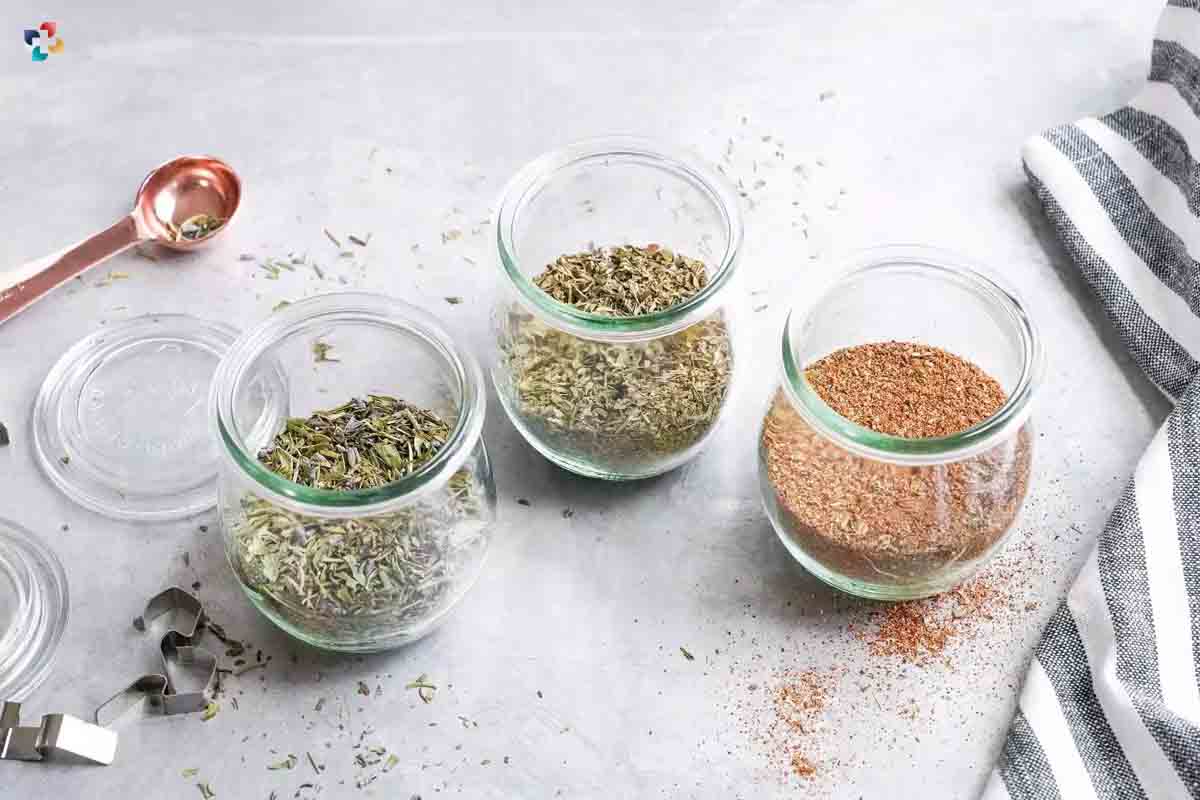
Rosemary goes well with potato meals, chili powder, cumin, and paprika provide a little zing to bean dishes, cinnamon, and nutmeg bring sweetness to oatmeal and even coffee, while basil and oregano add depth to tomato sauces. Instead of reaching for the salt shaker next time, consider experimenting with a different spice or herb. You—and your taste buds—might be shocked.
7. Do Not Salt It Until You Have Tried It
Many of us season our food before we’ve even had a chance to taste it. This may result in over-salting. Try serving your meal, tasting it, and then salt as required, a sprinkle at a time Ways to Reduce Your Sodium Intake.
Also, take care of how much salt you add. Start by measuring the salt you’re adding to ensure you’re not overdoing it—start with a quarter teaspoon and work your way up.
8. Snack Wisely
You’re probably not shocked to learn that many snack items are high in sodium. Choosing reduced-sodium versions of these items, as well as substituting healthier options, is a wise decision. If you want a crunchy snack, forego the hard pretzels and potato chips in favor of crisp carrot sticks or cucumber slices. You can even create your own vegetarian chips and fries by slicing up your favorite vegetables, tossing them with olive oil and black pepper, then baking them at 325 degrees until they reach the proper crunchiness.
Good for you if you like snacking on nuts throughout the day! They’re high in healthy fats and protein, which will keep you full. Just be sure you choose unsalted varieties—or at the very least, lesser salt alternatives. Otherwise, the sodium level will quickly rise Ways to Reduce Your Sodium Intake.
9. Be wary of shady sources.
Condiments aren’t the only surprising salt sources. According to the Centers for Disease Control and Prevention (CDC), cereals and meat account for the bulk of Americans’ daily salt consumption. Who else is to blame? Soups and sandwiches, as well as processed fowl. Another common culprit is cottage cheese. You may substantially reduce your salt consumption by choosing lower-sodium types when feasible and cutting down on those that don’t offer that choice or Ways to Reduce Your Sodium Intake.
10. When Dining Out, Try Something New
The fact is that restaurant cooks aren’t worried about your health. They’re solely interested in the taste of your meal! If it means you’ll leave pleased, they’ll pile on the salty sauces and dump half the salt shaker on your dish.

To keep your salt consumption low when eating out, choose fresh salads with dressing on the side. Are you not in the mood for a salad? No worries. Simply request that Ways to Reduce Your Sodium Intake be added to whatever dish you pick, and leave the sauces on the side so you may use a lighter pour.





